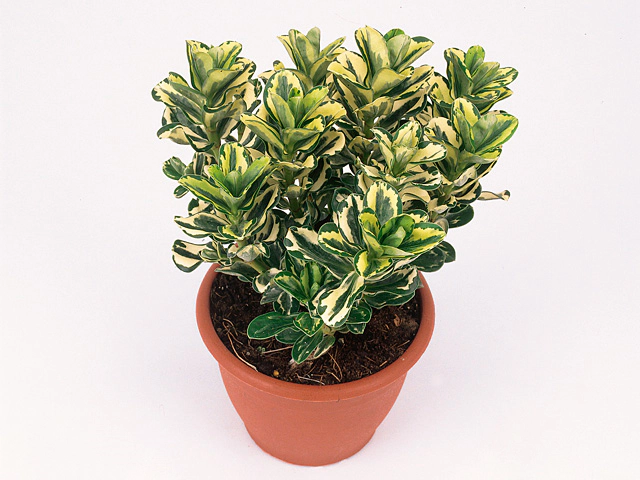Hebe Pinocchio

| Soil type | Humus rich |
Humus-rich soil is considered an essential component for maintaining healthy plant growth in gardens and agricultural fields. Its dark and crumbly texture, derived from decaying organic matter, provides several benefits for plants and the environment.
One particular facet of humus-rich soil is its ability to retain moisture effectively. The organic matter acts like a sponge, absorbing water and releasing it slowly. This characteristic is crucial, especially in regions with irregular rainfall patterns or areas prone to drought. By holding water for longer periods, it ensures that plants have a consistent supply of moisture, reducing the need for frequent irrigation and helping to conserve water resources.
Furthermore, humus-rich soil promotes excellent drainage. With its porous structure, excess water can easily pass through, preventing waterlogging and the possible damage caused to plant roots. Adequate drainage also allows for better aeration, ensuring that plant roots receive sufficient oxygen for their growth and development.
In addition to moisture retention and drainage, humus-rich soil also plays a vital role in improving soil fertility. The decomposed organic matter in humus acts as a natural fertilizer, providing essential nutrients to plants. These nutrients, such as nitrogen, phosphorus, and potassium, are vital for plant growth and development. Moreover, humus helps to increase the cation exchange capacity (CEC) of the soil, enhancing its ability to hold and release essential nutrients to plants as required.
Besides its benefits for plant growth, humus-rich soil also positively impacts the environment. Its ability to retain water helps to prevent soil erosion by reducing the runoff of rainwater. By holding the soil particles together, it protects against the loss of fertile topsoil, which is essential for sustainable agriculture. Moreover, the decomposition of organic matter in humus contributes to carbon sequestration, reducing greenhouse gas emissions and mitigating climate change.
Gardeners and farmers can improve the humus content in their soil through various practices. One effective method is adding organic matter, such as compost or well-rotted manure, to the soil. This practice not only provides additional nutrients but also enhances the humus content over time. Additionally, practicing crop rotation, mulching, and avoiding excessive use of chemical fertilizers can help maintain and improve the humus content in the soil.
In conclusion, humus-rich soil is a valuable asset for gardeners and farmers alike. It supports plant growth by retaining moisture, providing adequate drainage, and enhancing soil fertility. Furthermore, it plays a significant role in protecting the environment through water conservation, soil erosion prevention, and carbon sequestration. By adopting practices that increase the humus content, individuals can create healthier, more sustainable soils for their plants, promoting a thriving and ecologically balanced ecosystem.
Market availability index by month:
| Jan. | Feb. | Mar. | Apr. | May | Jun. | Jul. | Aug. | Sep. | Oct. | Nov. | Dec. |
|---|---|---|---|---|---|---|---|---|---|---|---|
| 1 | 1 | 1 | 1 | 1 | 1 | 1 | 3 | 4 | 3 | 2 | 1 |